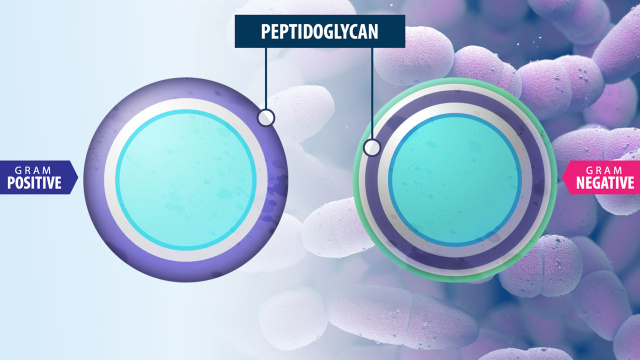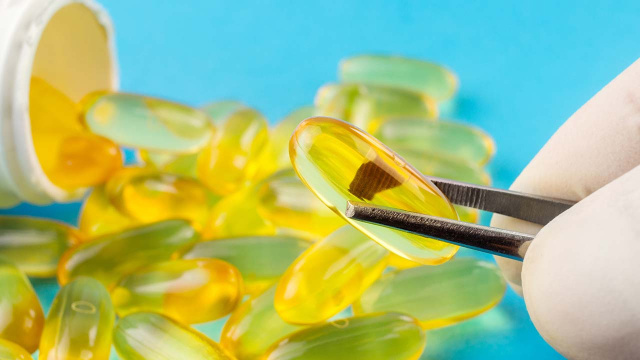Gram Stain
Most bacteria can be separated into two groups based on cell wall composition using a differential staining technique called Gram Stain. The results…
Graphing
In science, we use equations as a tool for showing a relationship between two or more entities. Using equations allows us to create a graphic of…
Green Fluorescent Protein (GFP)
In this lesson, we’ll look at the production of Green Fluorescent Protein. GFP is used as a biological marker, and when attached to a drug it can…
Hemocytometer
Follow along in this step-by-step activity to perform a common procedure using a hemocytometer to count living cells from a sample. You will explore…
High Performance Liquid Chromotography (HPLC)
Explore the concepts of High Performance Liquid Chromatography (HPLC) by analyzing and comparing beverages to determine which has more caffeine.…
IBC Blender
This interactive lesson covers an overview of the IBC Blender hardware, a review of safety considerations, and interactive portions that include a…
Introduction to Clinical Research: Part 1 – Drug Development Overview
This course provides a general overview of the process used to develop drugs and why it costs so much to bring those drugs to market. It also…
Introduction to Clinical Research: Part 2 – Human Subjects Protection and Informed Consent
Examine the reasons why there are protections for human participants in research studies and how permissions are collected from the candidates. Then…
Introduction to Clinical Research: Part 3 – Regulations and Guidance
Explore the federal and international regulations that protect human participants in research studies. Then use what you’ve learned to conduct…
Introduction to Clinical Research: Part 4 – Institutional Review Board (IRB)
Learn more about the Belmont Report as the foundation for the Institutional Review Board, an overview of the levels of review, and the use of consent…
Pagination
- First page
- Previous page
- …
- 3
- 4
- 5
- …
- Next page
- Last page









